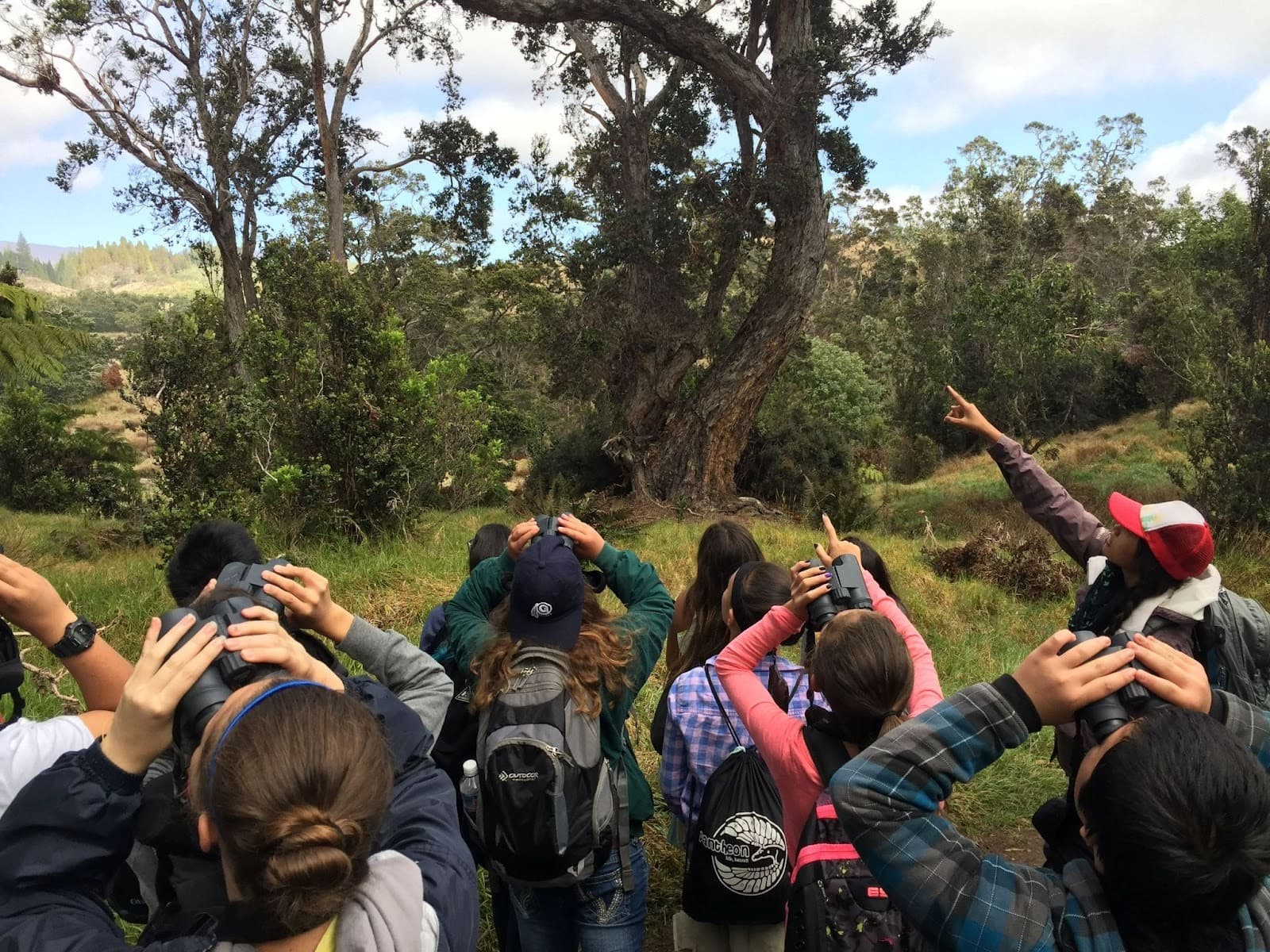Engaged students are genuinely interested in the topics being considered and feel the content is important to know. Ideally students feel like they need to know about the topics explored through MWEEs.
The local issues, the questions and student-developed investigations that compose MWEEs, and project-based learning can provide a context that is both interesting and important as well as real. Additionally, as students learn more about the local environmental issues and problems, they will see themselves as having the ability to meaningfully address these issues and problems (self-efficacy). This feeling of self-efficacy is another important factor in student engagement, a key outcome of students participating in MWEEs.
Robert Marzano and Debra Pickering, in their book The Highly Engaged Classroom, lay out what they call the four emblematic questions that explore the student's engagement in learning:
- How do I feel?
- Am I interested?
- Is this important?
- Can I do this?

The MWEE and project-based learning approaches are designed to support students being able to answer "yes" to all of these questions. As engaged students answer yes to these questions, the content and topics get into the student's working memory where it can be recalled and applied in novel contexts, like informed decision making related to environmental problems and issues.
Marzano and Pickering also discuss specific strategies/tips for applying research on student engagement to increase and ensure your students are engaged. Here are a couple of tips from Marzano and Pickering's book that are particularly relevant to the MWEE approach:
- Student Choice - Letting students make choices about the tasks they want to work on, the way they report on their learning, and even choices about their learning goals allows students to follow their personal interests, which in turn increases engagement.
- Effective Questioning - Questioning encourages students to apply knowledge, fill in gaps in knowledge, and apply learning. The key is providing questions that multiple (or even all) students can contribute to answering as individuals or as a part of a group.
Supporting Literature:
Project-based learning has students invested in their learning demonstrated through higher levels of participation and deeper engagement in discourse. This is supplemental information to the above content.
- In project-based learning classrooms, students demonstrate improved attitudes toward learning. They exhibit more engagement, are more self-reliant, and have better attendance than in more traditional settings. (Thomas, 2000; Walker & Leary, 2009)
- Project-based learning is beneficial, with positive outcomes including increases in level of student engagement, heightened interest in content, more robust development of problem-solving strategies, and greater depth of learning and transfer of skills to new situations. (Hmelo-Silver, 2007; Thomas, 2000; Barron, et al., 1998)
- Children are problem solvers and, through curiosity, generate questions and problems: Children attempt to solve problems presented to them, and they also seek novel challenges. They persist because success and understanding are motivating in their own right. (National Research Council, 2000)
- Environmental education's participatory methods can increase students’ participation and engagement in class. Environmental education provides a unique opportunity to help students practice their argument assessment skills, critically reflect on their own views, and encourage open-minded assessment of new information. (Blatt, 2013)
Sources:
BIE Research Summary on the Benefits of PBLEdutopia Boosting Student Engagement Through Project-Based Learning
The Highly Engaged Classroom - Robert Marzano and Debra Pickering